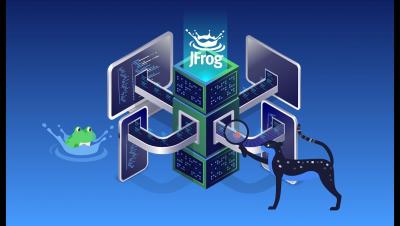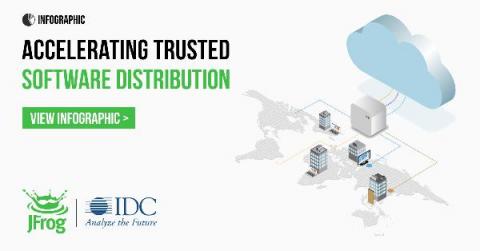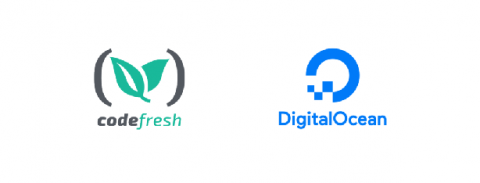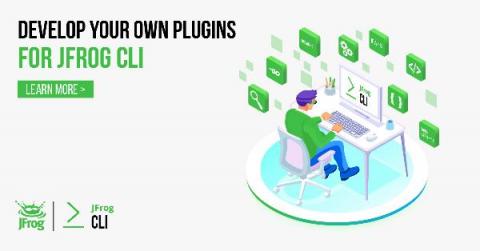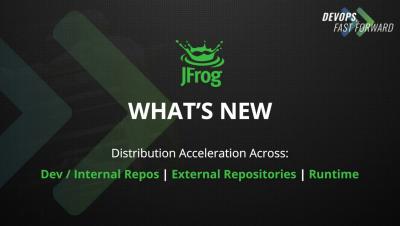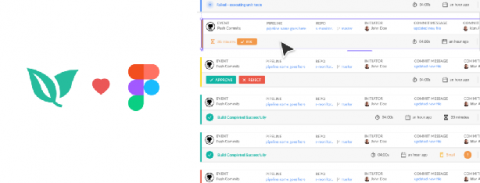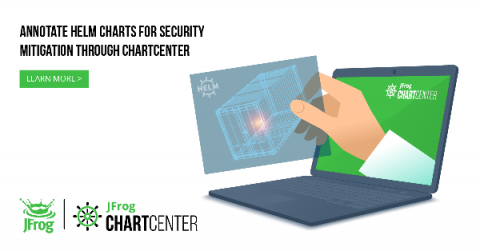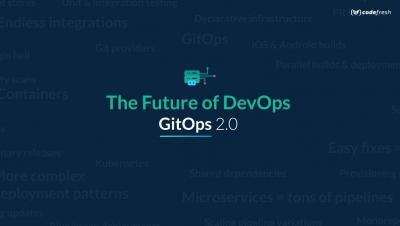Operations | Monitoring | ITSM | DevOps | Cloud
CI CD
The latest News and Information on Continuous Integration and Development, and related technologies.
Infographic: Accelerating Trusted Distribution of Software Innovation, Everywhere
Using the DigitalOcean Container Registry with Codefresh
DigitalOcean has just announced the DigitalOcean Container Registry, which is directly integrated into the DigitalOcean Dashboard. While you can use any Container Registry in your DigitalOcean resources, the goal of the Container Registry is to provide for easy connection between the Container Registry and DigitalOcean Kubernetes resources.
Develop & Share Your Own JFrog CLI Plugins
Accelerating Artifacts Distribution Across Repositories and Runtime Environments
Combining Progressive Delivery With GitOps and Continuous Delivery Through Argo CD, Argo Rollouts, and Codefresh
Progressive delivery is arguably the most reliable and advanced set of deployment practices based on a simple idea. Instead of shutting down the old release and deploying a new one in its place, progressive delivery takes an iterative approach. It gradually increases the reach of a new release. That gives us quite a few benefits like zero-downtime deployments, reduced blast radius, increased security, and so on and so forth. I will not go into depth about what progressive delivery is.
Designing Complex Components in Figma: Our Build Record
Figma is a web-based graphic editor and prototyping tool that is commonly used for UI design. Independent of the size of your organization, it is considered good practice to use design components. This post provides a case study on how we utilize Figma components to manage different states in the Codefresh UI. Note that this blog post was written before the release of variants and the new auto-layout features. We will update the blog after we update our style guide with these new amazing features.
Adding Helm Chart Security Mitigation Notes to ChartCenter
CI/CD Detection Engineering: Failing, Part 3
It was over a month ago that I promised we would tie together Splunk Security Content and the Splunk Attack Range to automatically test detections. Ultimately, using these projects together in a Continuous Integration / Continuous Delivery (CI/CD) workflow with CircleCI brings the rigors of software development to the SOC and truly treats 🛡detection as code. Well, I want to share how we have failed at achieving this goal.


